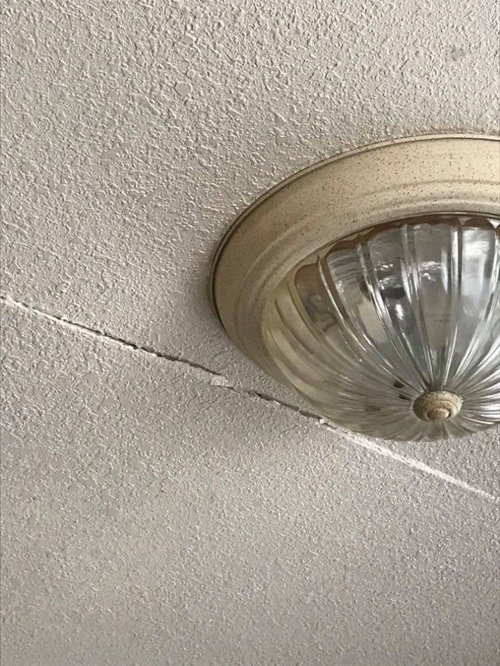



You’ll want to spread it about two inches past the edge of the tape both on the wall side and on the ceiling side. The mud should cover the tape completely. Press the mud firmly so it goes through the mesh tape and into the gap – this is ultimately what is filling in the gap. Then, cover the mesh tape with joint compound (also known as mud) using a putty knife. Start by placing a strip of fiberglass mesh drywall tape over the gap so that the top edge of the tape is flush against the ceiling.
DRYWALL TAPE SEPARATING FROM CEILING HOW TO
Here’s how to do so seamlessly to conceal the gap and create a flush look throughout. Whatever the reason may be, any gap between drywall and ceiling is an issue and must be filled in. An occasional lack of precision during installation may also cause a gap issue. The most common reason is the ceiling changing height across the length of the wall either due to the it settling unevenly or otherwise shifting over time. In this case, the issue is a gap between the drywall and the ceiling, which may have happened for a number of reasons. Thankfully, there is almost always a solution to whatever the issue may be. We always do our best to minimize that opportunity, but mistakes are not always avoidable. There is always a lot of room for error and a lot of opportunity for things to go wrong. Drywall work isn’t always a perfect process, even for experienced pros who sometimes feel like they could complete a job in their sleep.


 0 kommentar(er)
0 kommentar(er)
